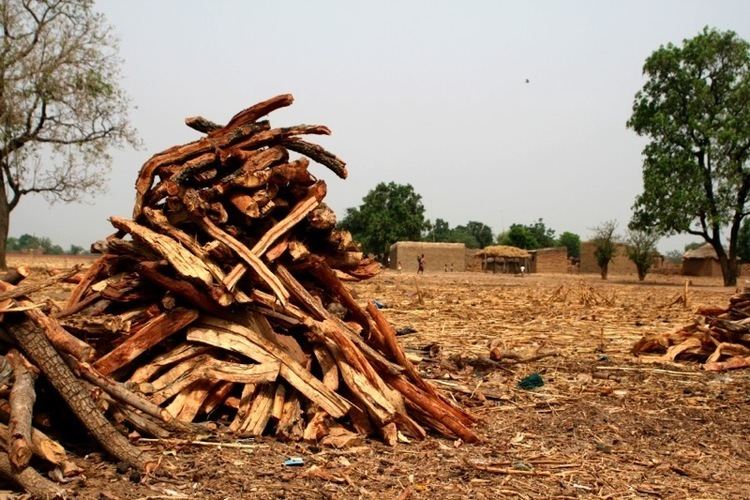 | ||
Environmental issues in Mali include desertification, deforestation, soil erosion, drought, and inadequate supplies of potable water. Deforestation is an especially serious and growing problem. According to the Ministry of the Environment, Mali’s population consumes 6 million tons of wood per year for timber and fuel. To meet this demand, 4,000 square kilometres of tree cover are lost annually, virtually ensuring destruction of the country’s savanna woodlands.
One of Mali's major environmental issues is desertification. Mali has been in a drought for decades now and it is really affecting the country. Soil erosion, deforestation, and loss of pasture land are all major problems in Mali. Mali also has a shortening water supply.
To help sustain Mali's ever-growing problem the government has assigned 3.7 percent of Mali’s total land area protected. It has ratified international environmental agreements pertaining to biodiversity, climate change, desertification, Endangered species, and Ozone Layer Protection.
According to the U.N. FAO, 10.2% or about 12,490,000 ha of Mali is forested, according to FAO. Mali had 530,000 ha of planted forest. Change in forest cover: Between 1990 and 2010, Mali lost an average of 79,100 ha or 0.56% per year. In total, between 1990 and 2010, Mali lost 11.2% of its forest cover, or around 1,582,000 ha.
